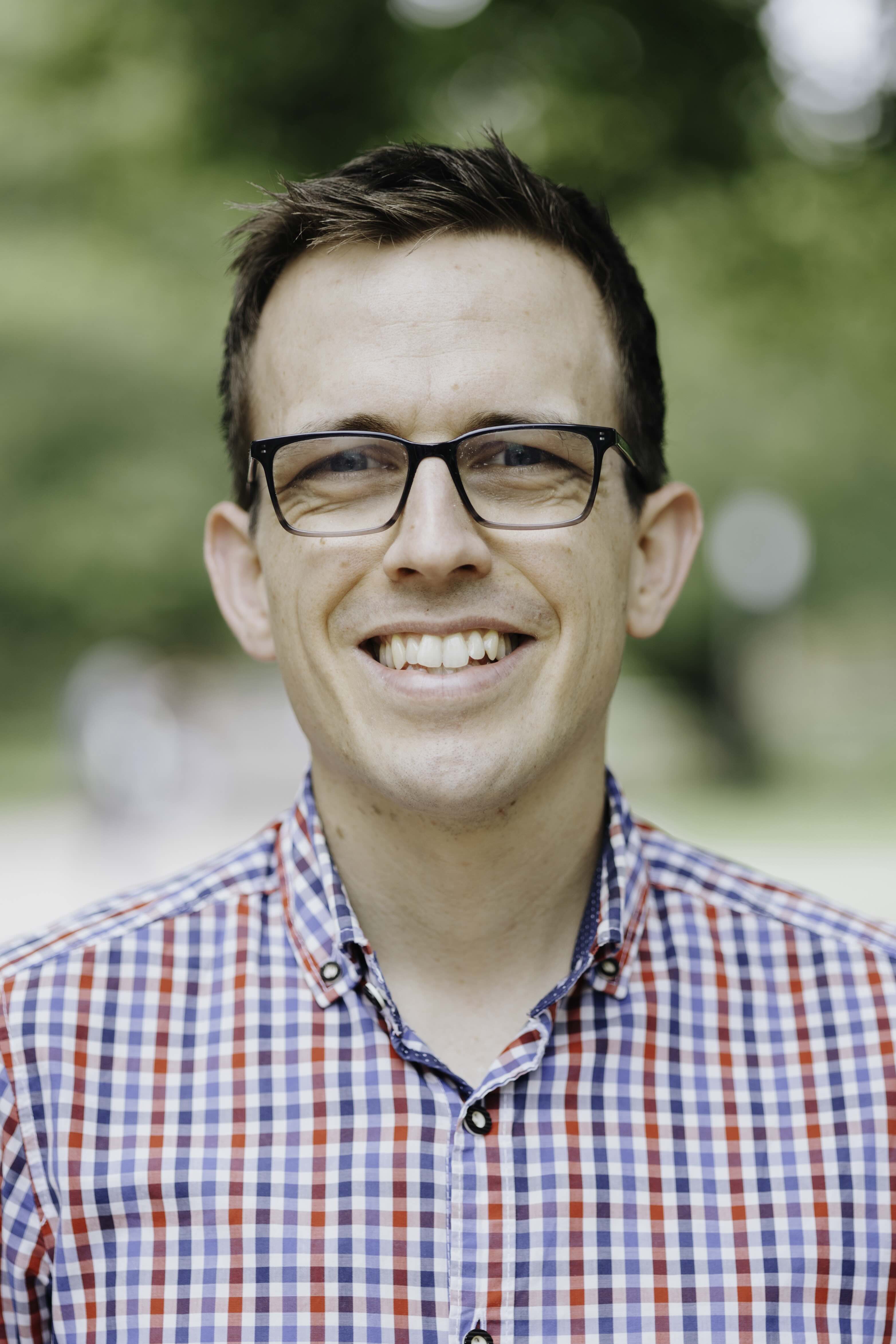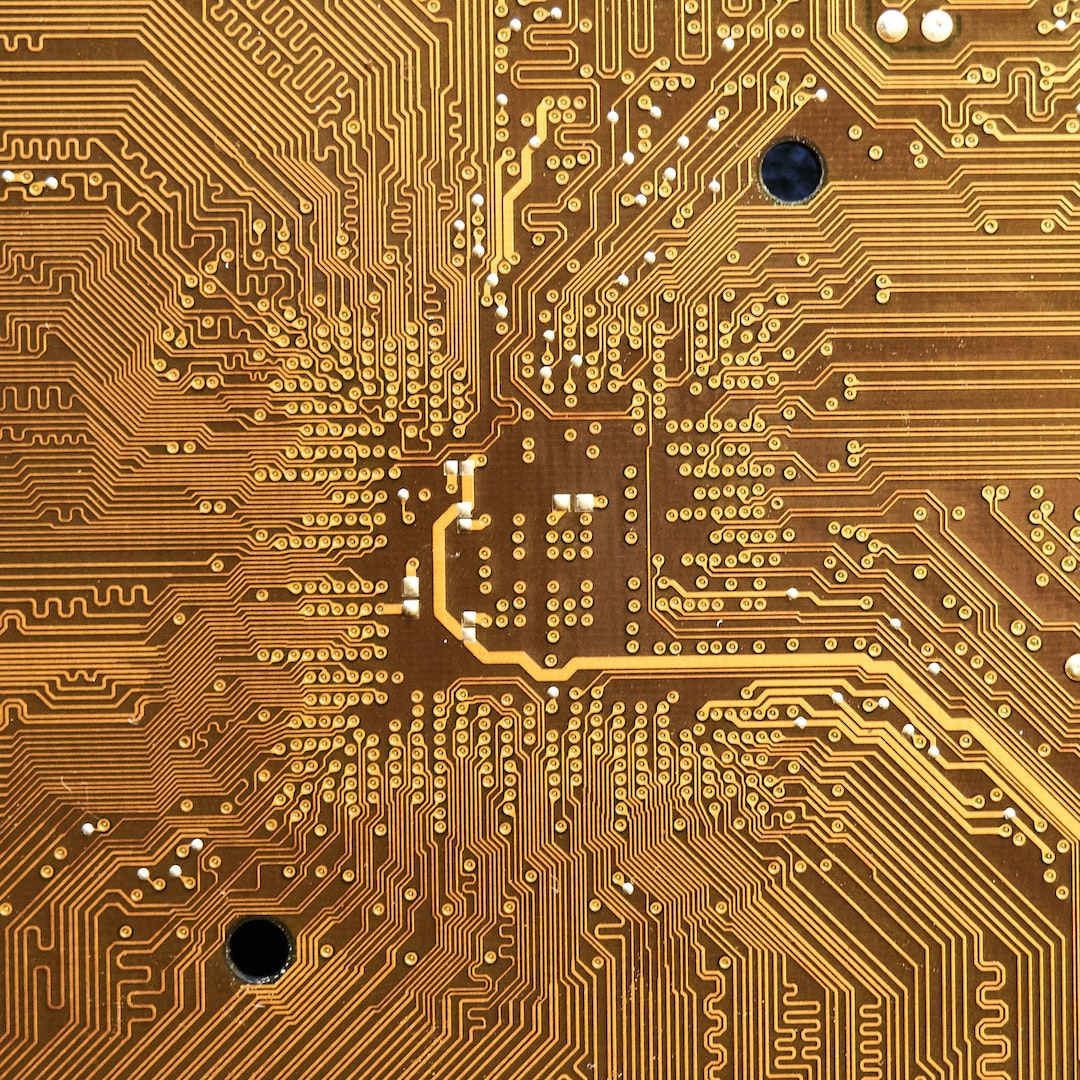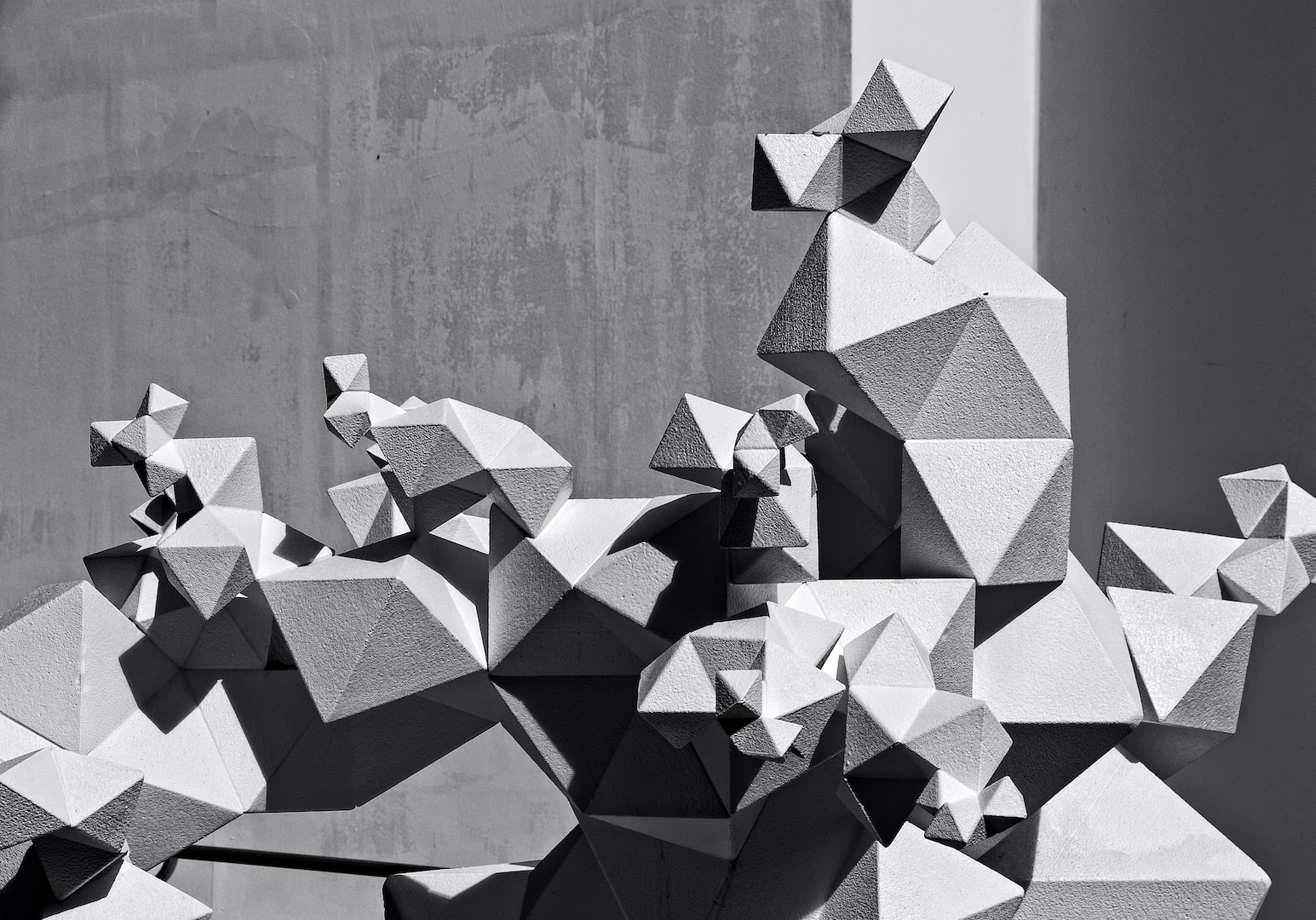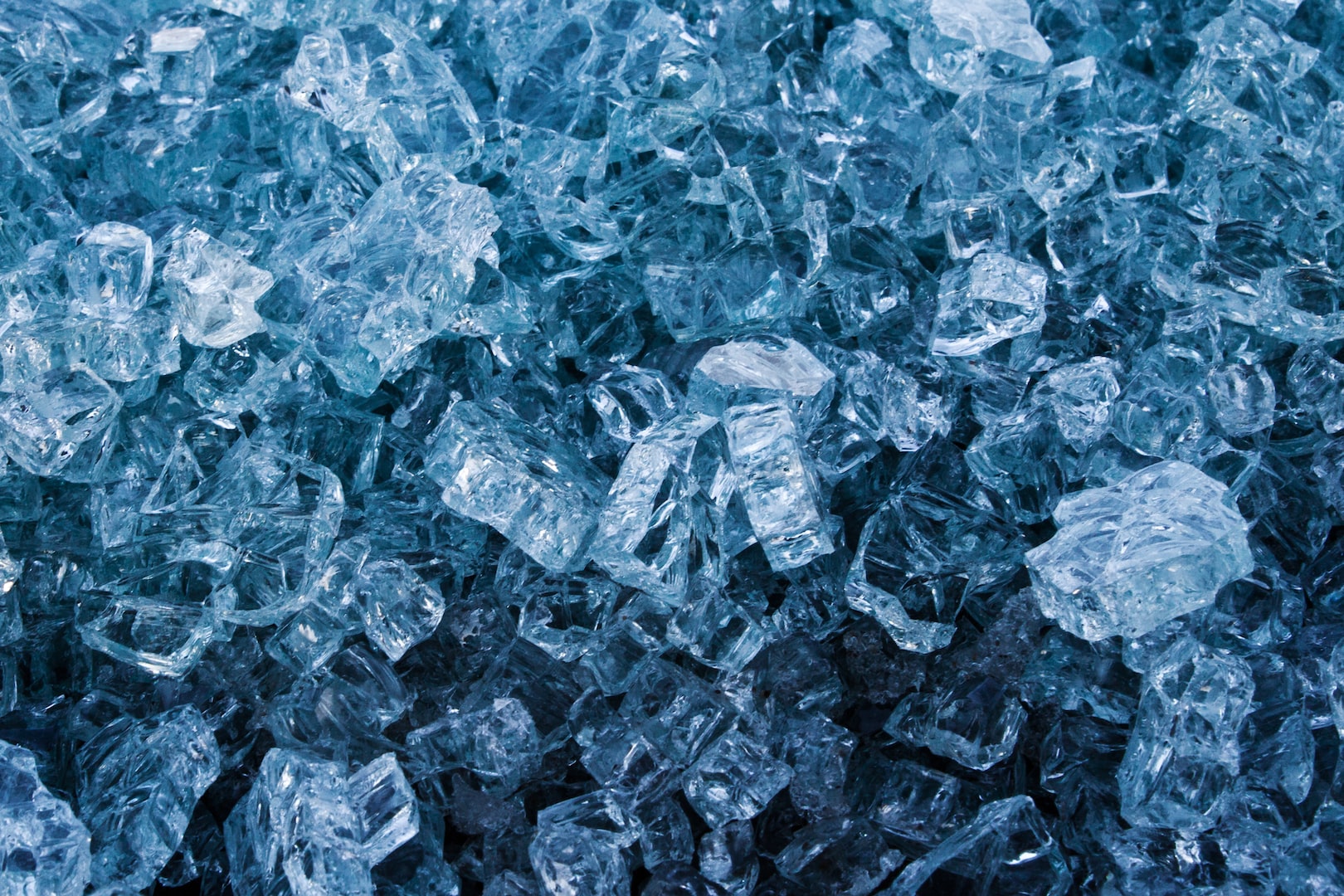I am a Assistant Professor at the Center for Quantum Information and Control at the University of New Mexico. Bridging the gap between nuclear physics and quantum information science, my research involves collaborating with University, National Lab and Industry partners to co-design and develop quantum hardware and algorithms and exploring fundamental physics problems.





Algorithms and simulation protocols for Abelian and non-Abelian Lattice Gauge theories on digital quantum computers and analog quantum simulation with atomic, molecular, and optical systems. Quantum computing non-equilibrium topological phenomena and thermalization / quantum chaos in lattice gauge theories; dynamical quantum phase transitions and topological phenomena. Quantum algorithms and analog simulation for scattering problems in particle and nuclear physics. Thermal state preparation algorithms.
Entanglement Structure of Lattice Gauge Theories, and fermionic and bosonic quantum many-body systems. Tomography protocols using random measurements, classical shadow and entanglement Hamiltonian tomography. Symmetry conscious random measurement schemes.
Dynamical Quantum Phase Transitions Thermalization, Many-Body Localization and Scars Role of entanglement structure and resource theory for non-equilibrium phenomena. Quantum Thermodynamics
Topologically ordered and SPT phases in high energy, nuclear, and condensed matter physics, Abelian and non-Abelian LGTs Topological quantum computation and error correction.
"Stabilizer Scars”, J. Hartse, L. Fidkowski, Niklas Mueller, arXiv:2411.12797
“Quantum Computing Universal Thermalization Dynamics in a (2+1)D Lattice Gauge Theory”, Niklas Mueller, T. Wang, O. Katz, Z. Davoudi, M. Cetina, arXiv:2408.00069
“Entanglement Structure of Non-Gaussian States and How to Measure It”, H. Froland, T.V. Zache, R. Ott, Niklas Mueller, arXiv:2407.12083
“Quantum Thermodynamics of Nonequilibrium Processes in Lattice Gauge Theories”, Z. Davoudi, C. Jarzynski, Niklas Mueller, G. Oruganti, C. Powers, N. Yunger Halpern, Phys. Rev. Lett. 133 (2024) 250402
“High-energy Collision of Quarks and Hadrons in the Schwinger Model: From Tensor-Networks to Circuit-QED”, R. Belyansky, S. Whitsitt, Niklas Mueller, A. Fahimniya, E. Bennewitz, Z. Davoudi, A. V. Gorshkov, Phys. Rev. Lett 132 (2024), 091903
“Randomized measurement protocols for lattice gauge theories”, J. Bringewatt, J. Kunjummen, Niklas Mueller, Quantum 8, 1300 (2024)
Physics and Astronomy Interdisciplinary Science Building, 210 Yale Blvd NE, Albuquerque NM 87106